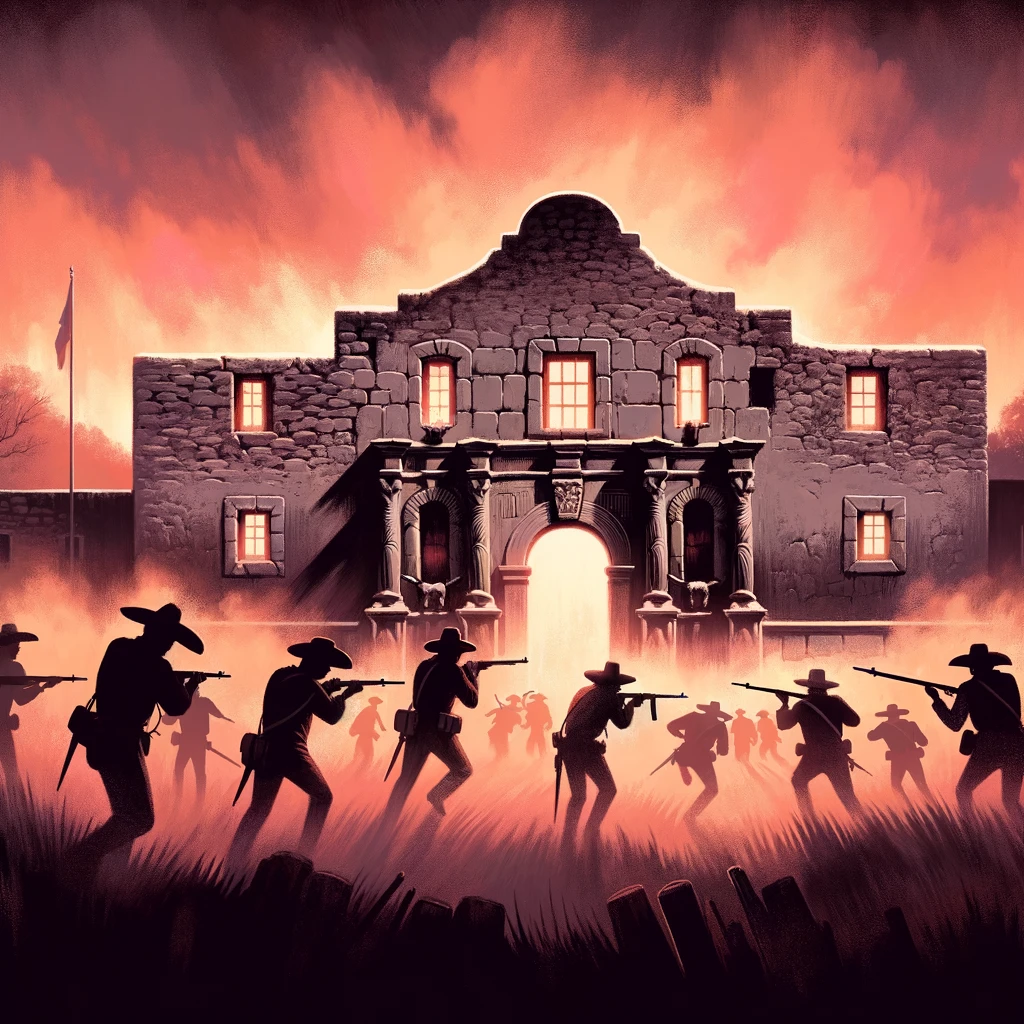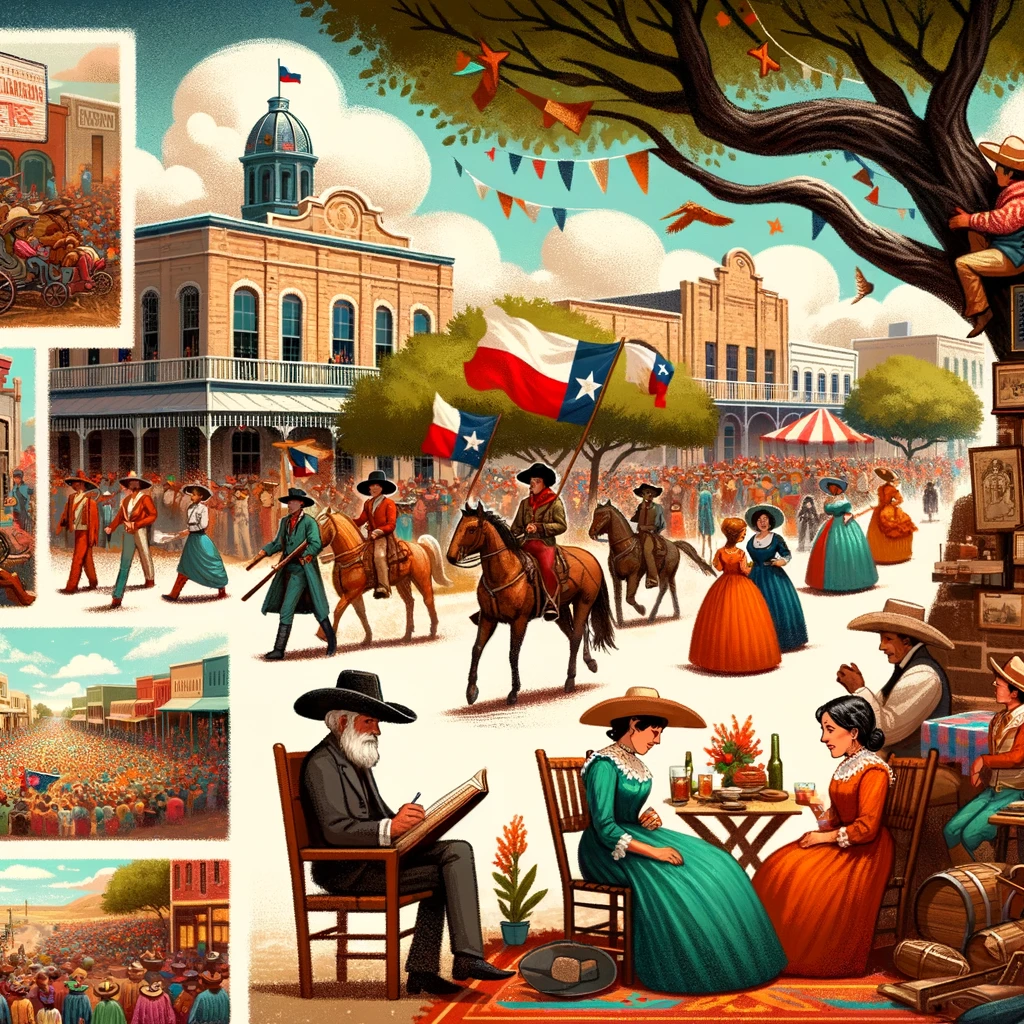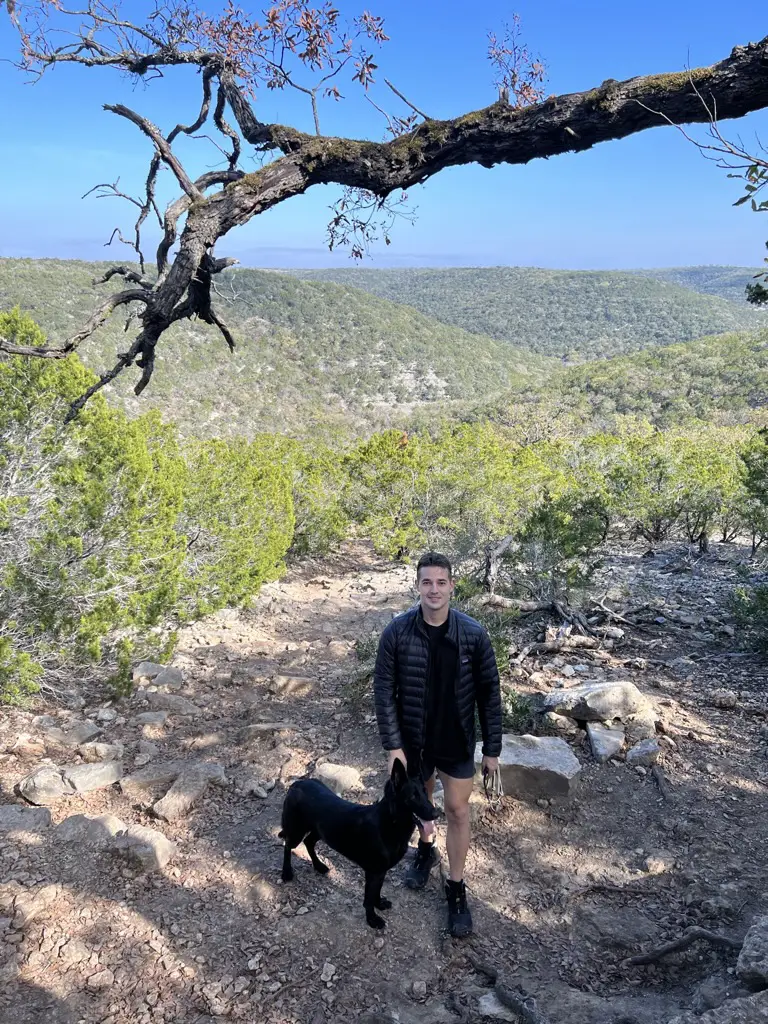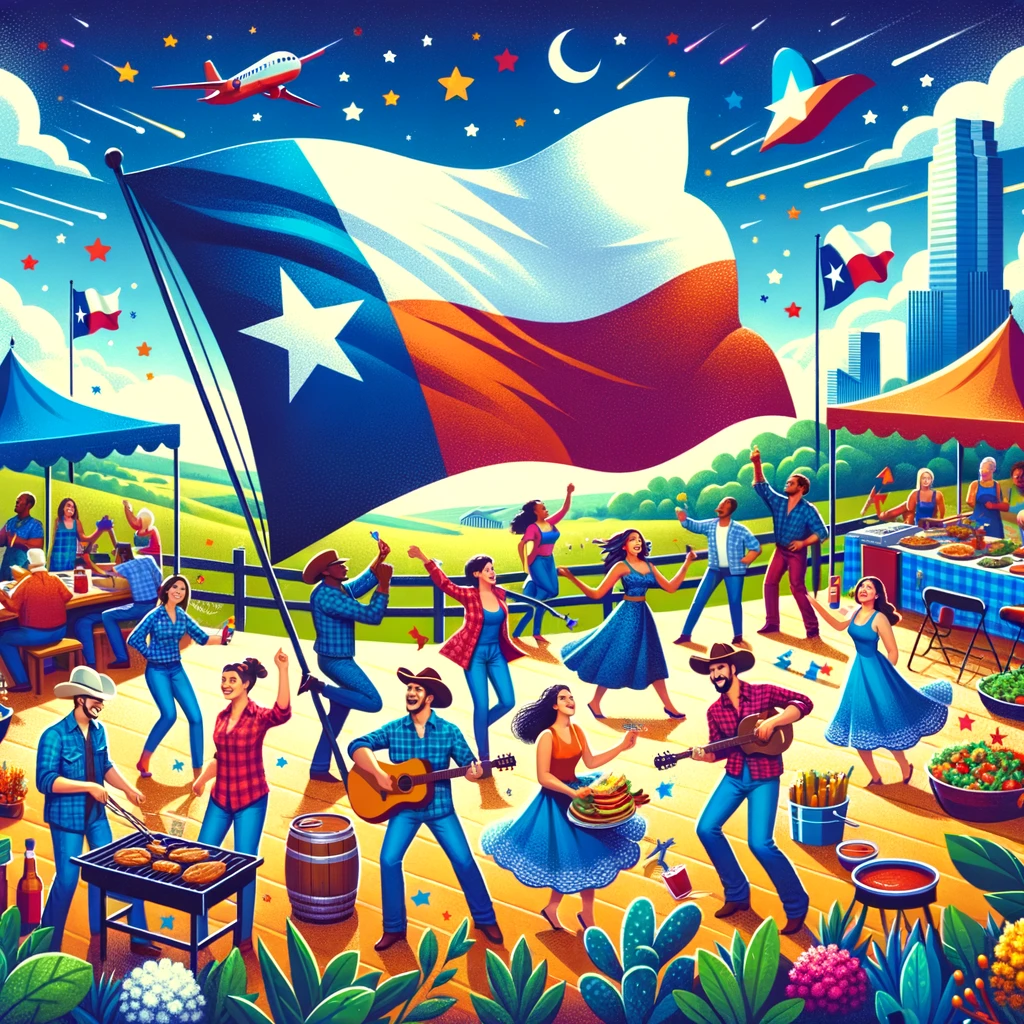We strive to provide you with authoritative, trustworthy, and expert advice. In doing so, the staff at texaswalkabout.com performs extensive research, editing, and fact checking to every post on this webiste. If you feel that this article can improve, please feel free to reach us at staff@texaswalkabout.com
On March 2 of every year, Texans celebrate three significant events in the state’s history. This day marks Texas Flag Day, Sam Houston Day, and Texas Independence Day.
In this article, we’ll focus on the latter, which is a state public holiday. So, if you’re looking for a refresher course or just curious about this special day, this post is for you!
What Is Texas Independence Day?
As every proud Texan will tell you, Texas Independence Day is celebrated every year on March 2. This official holiday marks the day back in 1836 when Texas won its independence from Mexico and became known as the Republic of Texas.
Soon after, the Texas Declaration of Independence was signed in Washington County, which lies along the Brazos River. It soon became known as Washington-on-the-Brazos, or, more affectionately, as the ‘birthplace of Texas.’
Texas History: A Quick Trip Down Memory Lane
Here’s a brief recap of the events that led to Texas being the only state to celebrate its own Independence Day.
The Beginnings
The land we now refer to as ‘Texas’ was originally claimed by Spain from 1519 until 1685. Then, the French colonized it for five years, after which Spain recaptured it until 1821 when Mexico won its independence from Spain and claimed Texas as part of its territory.
Mexico’s reign over Texas lasted until 1835 when Texan settlers began a revolution against the southern country after the Mexican government ordered all state legislatures to be annulled as well as the Constitution of 1824, and state militias to be demilitarized.
The Texas Revolution
This uprising began in October of 1835 and culminated in the overtaking of San Antonio in December. The south-central Texan town stayed under the control of Texians, Anglo-American settlers, and Tejanos, Texans of mixed Mexican and Indian descent.
Two months later, on February 23, 1836, Mexican President General Antonio Lopez de Santa Anna of Mexico arrived with his troops to recapture San Antonio.
In response, General Sam Houston ordered all the Texans to abandon the town. However, a group of rebels decided to stay behind and defend it. They made their stand at a Spanish mission and fortress built by Roman Catholic missionaries in the 18th century famously known as the Alamo.
For 12 days, Mexican forces laid siege to the mission. Then, at dawn on the 13th day, March 6, the Battle of the Alamo began, lasting for approximately 90 minutes.

Most of the Texan defenders perished in the fighting, along with Davy Crockett, James Bowie, and William Travis.
Meanwhile, General Houston had been marching with the Texan Army along with those who fled San Antonio. Then, by the end of March, Santa Anna had left the Alamo and went further north in Texas.
During this time, members of the provisional government had been meeting in Washington County to draft a new constitution. Nearly 60 delegates from all over Texas had signed the constitution between March 1 and 17, declaring Texas independent of Mexican reign.
Several weeks later, on April 21, 1836, General Houston and the Texan Army attacked Santa Anna’s army on the banks of the San Jacinto River.
They launched a surprise attack, all the while crying, ‘Remember the Alamo!’ as a way of rallying the troops and bolstering their conviction.
The Battle of San Jacinto lasted no more than 20 minutes and culminated in a resounding victory for the Texans.
The Republic of Texas
The following day, Santa Anna was captured and an agreement was reached by both sides. Thus, the Republic of Texas was born and its democratic constitution was drafted.
Soon after, General Sam Houston was elected as the first president of the republic with Austin being chosen as its capital.
Three years later, in 1839, the Republic adopted the flag it still goes by today. It was also given the nickname The Lone Star State as a reminder of the state’s struggles to gain independence from Mexico.
Yet, it wasn’t until December 29, 1845, that Texas officially joined the Union as the 28th state.
How Is Texas Independence Day Celebrated?
In celebration of Texas Independence Day, Texans hold lavish celebrations throughout the state. There are usually festivals that include band music, lots of great food, chili cook-offs, fireworks, and activities for children.
Other activities include re-enactments, historical displays, parades, and story-telling sessions about how Texas was liberated from Mexico during the 19th century and became a republic.

Many schools choose to focus their lessons and activities on the state’s Declaration of Independence and the battles that led up to its liberation.
Also, some government workers in the state choose to take Texas Independence Day off since it’s a partial staffing day. This means that, even though it’s not considered an official holiday, state offices continue to operate as normal, but with fewer staff members compared to regular working days.
In Conclusion
Former Texas Speaker of the House Billy Clayton said, “A born Texan has instilled in his system a mindset of no retreat or no surrender.” Ever since the 13-day siege of San Antonio and the Alamo, this dominating spirit continues to motivate Texans to this day.
Out of this difficult time came numerous benefits for Texas, such as becoming a republic, joining the Union, and the annual celebration of Texas Independence Day.

Robert is a native Texan writer for TexasWalkabout, passionate about Texas culture and food, wearing cowboy boots daily. He interviews local pitmasters and chefs, tastes and reviews innovative dishes, and explores hidden gems and iconic landmarks. Graduating magna cum laude in Cyber Security from the University of Texas at San Antonio, Robert excels academically and professionally while also being knowledgeable in Texas history and culture. After living in Texas for over 28 years, he provides first-hand and trustworthy information for all your Texas needs!

